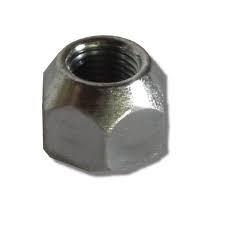

SSD Deficiency?
A Solid State Drive (SSD) has no moving parts to wear out. It uses about one third the power of a Hard Disk Drive (HHD). SSDs are silent and fast. SSDs are more expensive than HHDs but the price difference keeps getting closer. As of this writing a 1 Terabyte HHD can be bought for less than $40 and a 1 Terabyte SSD for less than $50. Only in the larger sizes does the cost factor become meaningful.
When SSDs first came out there was a lot of concern they would wear out too fast because they can only write to a specific memory location a fixed number of times. This turned out to be exaggerated and manufacturers created methods that mitigated the problem as well. The average person will not run into this problem in the lifetime of their computer.
So, what's not to like?
Unfortunately, SSDs have a weakness that is not well know by most of their owners.
That weakness is that data is stored on the SSD as an electrical charge and that charge weakens over time if the SSD is not used (powered up). Exactly how long the data will last is a matter debate but some sources say that data deterioration begins in as little as one year. Some manufacturers are saying that their newest SSDs will retain their data for 10 years without power but it's too soon to tell if this is true or just marketing hype.
The bottom line here is that SSDs are great for general use in a computer but don't archive your valuable data on an SSD that you store in the closet.
